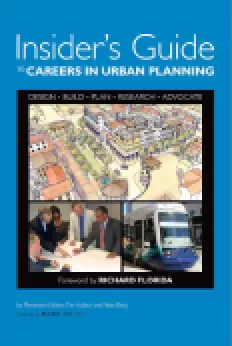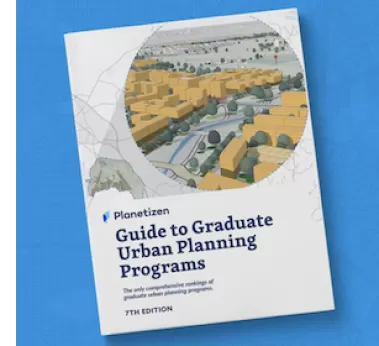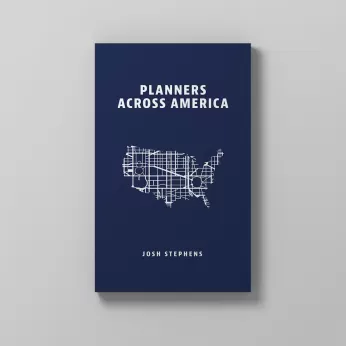In an effort to shift from car-centric planning and incentivize eco-friendly transportation options, California is revising the way it measures traffic impacts of development projects under its Environmental Quality Act.
The new guidelines replace the congestion-related Level of Service (LOS) metric with Vehicle Miles Traveled (VMT), which aims to encourage alternative modes of transportation.
The transition to Vehicle Miles Traveled was publicly supported by a number of infill builders. But another coalition of builders is backing a bill to delay implementation of the new metric. (A revised version of the bill will be reintroduced next year.)
The Planning Report explored the issue in a point/counterpoint, featuring two influential voices on both sides of the debate.
Pro-immediate implementation of SB 743 is the National Resources Defense Council Director for Urban Solutions Amanda Eaken, who helped draft the new guidelines with the state Office of Planning and Research.
She argues that putting an end to California’s congestion-oriented policies is urgent and long overdue, and that taking up VMT as soon as possible will make it easier for developers to meet state goals around sustainability, density, and TOD.
Pro-delay is environmental lawyer Jennifer Hernandez, a partner at Holland & Knight, who objects that current standards for using VMT are not adequate to protect infill developers from litigation abuse, and may even encourage it—paradoxically discouraging infill building.
Eaken writes that LOS creates "perverse" incentives for developers—with mitigations like widening roads and eliminating crosswalks—that are also expensive for the city and dangerous to the public.
"We’ve got to flip that around so that the transportation investments that are good for our environmental goals are favored by CEQA," she says. "Changes under SB 743 will mean that developers across the state will no longer be forced to invest in expensive, and environmentally harmful, capacity enhancements. We don’t have time to delay any further."
Hernandez agrees that LOS is a cumbersome burden for many infill developers. But she’s not convinced that VMT offers a silver bullet solution—at least, not yet.
"If you ask every infill builder in the state, 'Would you like to get out of LOS?’ the answer is a unanimous, ‘Yes, please,'" she writes. "[But] if you ask infill builders, 'Would you like to do VMT?' the answer is, 'What does it look like? How much is it going to cost? Am I going to get sued? If I get sued, will I win?' The answers to those questions are much more complicated."
Read the arguments from Hernandez and Eaken at The Planning Report.
FULL STORY: Point/Counterpoint | Jennifer Hernandez: SB 743 Risks More CEQA Abuse

Planetizen Federal Action Tracker
A weekly monitor of how Trump’s orders and actions are impacting planners and planning in America.

Chicago’s Ghost Rails
Just beneath the surface of the modern city lie the remnants of its expansive early 20th-century streetcar system.

Amtrak Cutting Jobs, Funding to High-Speed Rail
The agency plans to cut 10 percent of its workforce and has confirmed it will not fund new high-speed rail projects.

Ohio Forces Data Centers to Prepay for Power
Utilities are calling on states to hold data center operators responsible for new energy demands to prevent leaving consumers on the hook for their bills.

MARTA CEO Steps Down Amid Citizenship Concerns
MARTA’s board announced Thursday that its chief, who is from Canada, is resigning due to questions about his immigration status.

Silicon Valley ‘Bike Superhighway’ Awarded $14M State Grant
A Caltrans grant brings the 10-mile Central Bikeway project connecting Santa Clara and East San Jose closer to fruition.
Urban Design for Planners 1: Software Tools
This six-course series explores essential urban design concepts using open source software and equips planners with the tools they need to participate fully in the urban design process.
Planning for Universal Design
Learn the tools for implementing Universal Design in planning regulations.
Caltrans
City of Fort Worth
Mpact (founded as Rail~Volution)
City of Camden Redevelopment Agency
City of Astoria
City of Portland
City of Laramie



























